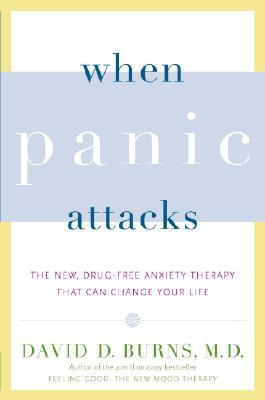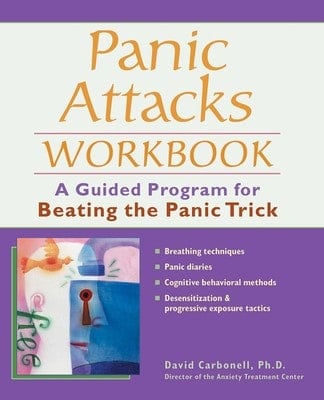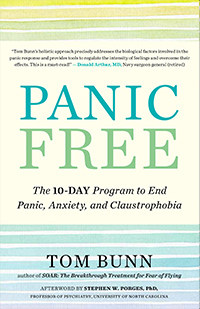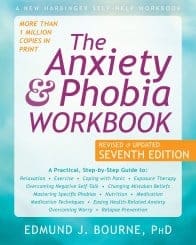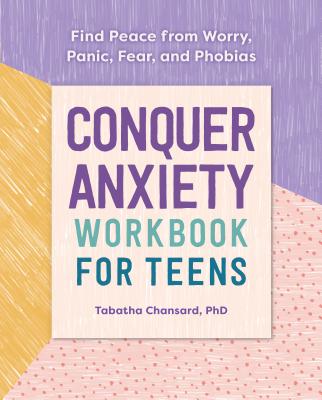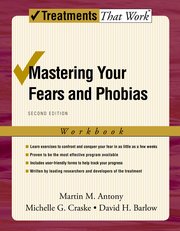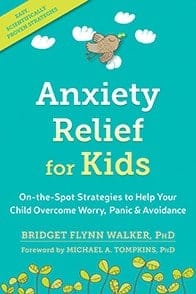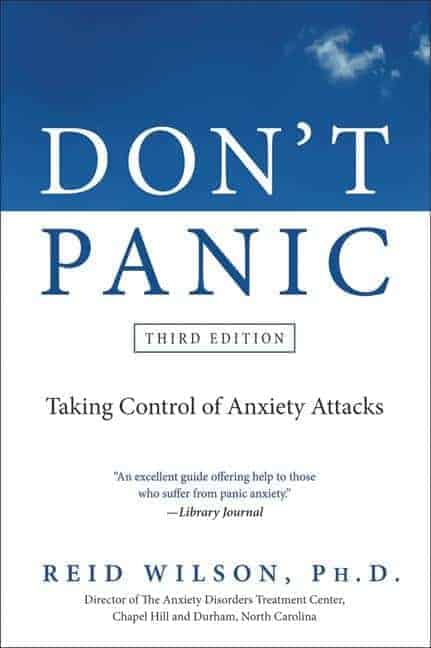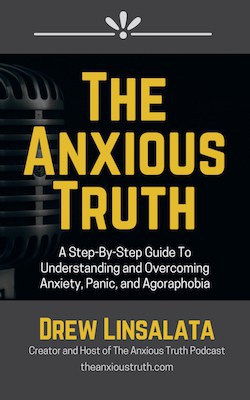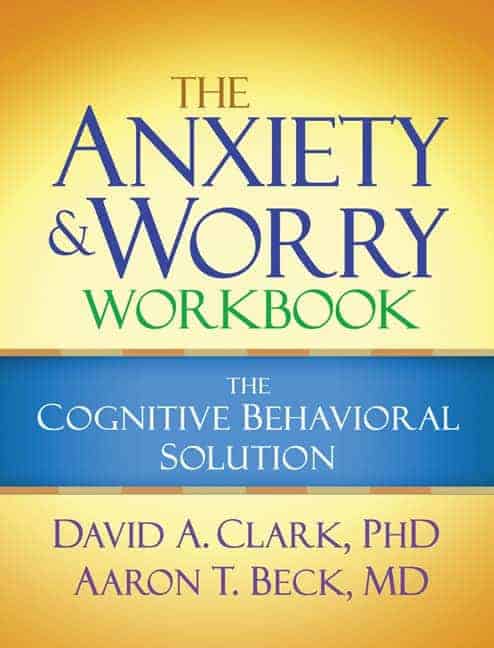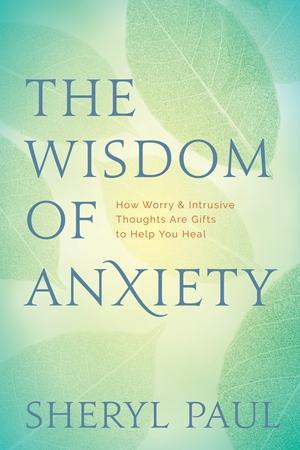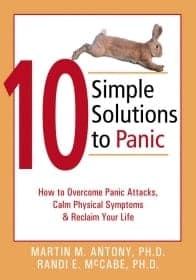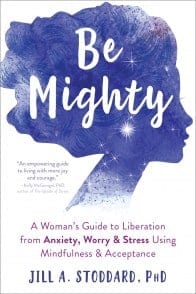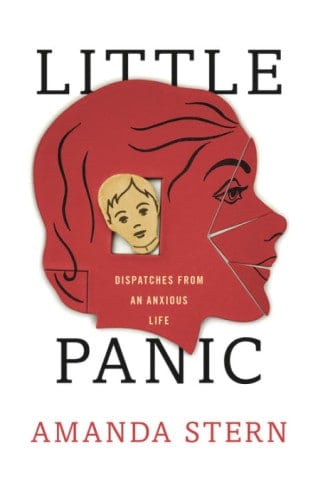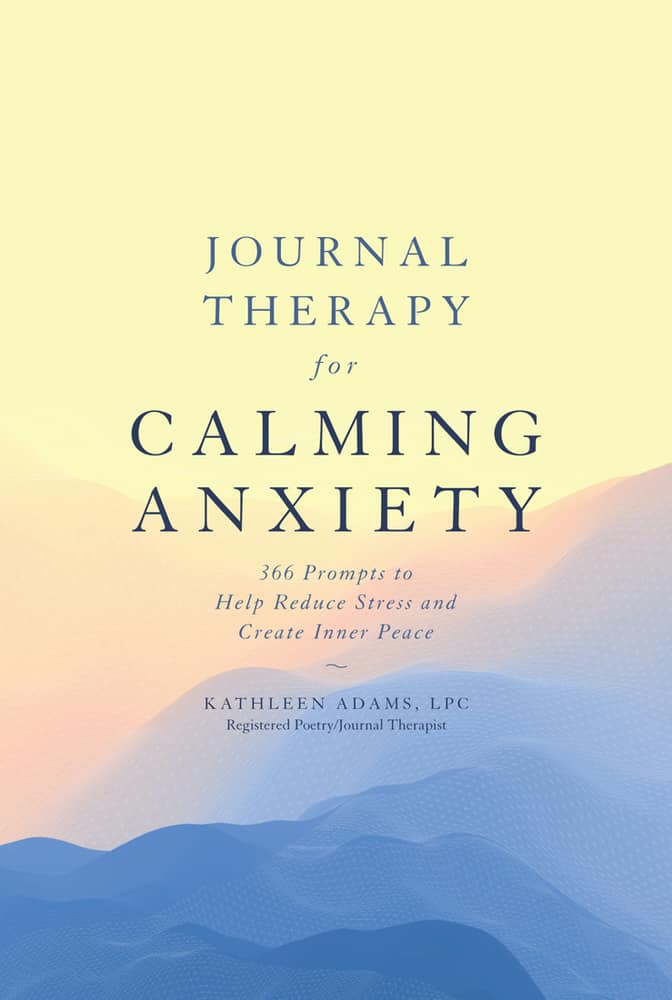Anxiety
Panic Disorder: An Overview
THC Editorial Team December 11, 2020

Contents
- Overview
- What Is Panic?
- What Is Panic Disorder?
- Causes and Risk Factors of Panic Disorder
- How Is Panic Disorder Diagnosed?
- Treatments for Panic Disorder
What Is Panic?
Panic refers to a sudden rush of fear that makes one incapable of reasonable thought and action. Panic can also be marked by unexpected, intensely disturbing bodily or somatic symptoms.1
According to the American Psychiatric Association’s Diagnostic and Statistical Manual of Mental Disorders (5th edition; DSM-5):2
A panic attack is an abrupt surge of intense fear or intense discomfort that reaches a peak within minutes, and during which time four (or more) of the following symptoms occur:
- palpitations, pounding heart, or accelerated heart rate
- sweating
- trembling or shaking
- sensations of shortness of breath or smothering
- feelings of choking
- chest pain or discomfort
- nausea or abdominal distress
- feeling dizzy, unsteady, light-headed, or faint
- chills or heat sensations
- paresthesias (numbness or tingling sensations)
- derealization (feelings of unreality) or depersonalization (being detached from oneself)
- fear of losing control or “going crazy”
- fear of dying
Panic attacks are common and occur in up to one third of the overall population at some point in their lives.3 Panic attacks can be incredibly scary to experience, but they generally are not physically harmful. Although many people recover from panic attacks without needing treatment, some develop panic disorder.4
What Is Panic Disorder?
Panic disorder is a type of anxiety disorder marked by recurrent, unexpected panic attacks that seem to come out of nowhere.2 Episodes may be occasional or frequent, and unpredictability is one of the greatest challenges for people who have panic disorder.
Left untreated, panic disorder significantly impacts day-to-day activities such as running errands, keeping appointments, or attending classes.5 Productivity, job performance, relationships, and overall quality of life can suffer.
A nationally representative study of the U.S. population found that the 12-month prevalence of panic disorder was 2.7%, while the lifetime prevalence was 4.7%. Women are twice as likely as men to experience panic disorder.6
Panic attacks, which typically peak within 10 minutes of onset, are accompanied by uncomfortable or even painful physical symptoms, such as shortness of breath, wheezing, chest pains, and dizziness. Understandably, people with panic disorder may spend a lot of time in doctors’ offices and emergency rooms.
In more challenging cases, panic attacks may occur weekly, daily, more than once a day, or even during sleep. Many people with panic disorder live in constant, agonizing fear of having an episode. Anxiety about triggering a panic attack may cause a person to avoid certain places, situations, or people. It may even prompt lifestyle changes that are not necessarily constructive or healthy for the person.
People who struggle to restrain outward symptoms of panic disorder may also grapple with social stigma, embarrassment, or fear of frightening others. Some people with severe panic disorder choose to spend extended periods in self-isolation.
Sometimes panic disorder occurs in conjunction with other conditions. One of the most common is agoraphobia, which is an extreme fear of being in situations in which escape is difficult and/or help may not be readily at hand. However, panic disorder can also occur with depression, substance abuse disorder, or posttraumatic stress disorder.
Fortunately, panic disorder is treatable, and people with the condition can learn to manage it and live productive, fulfilling lives. Some people eventually go for months or even years without symptoms.
Causes and Risk Factors of Panic Disorder
A combination of temperamental, environmental, and genetic factors may cause or increase the risk of developing panic disorder.2 Temperamental factors include sensitivity to anxiety and proneness to negativity. Environmental factors include a history of abuse and trauma in childhood, stressful life experiences such as the loss of a job or a death in the family, and smoking. Having a parent with an anxiety disorder, depression, or bipolar disorder increases the risk for the development of panic disorder. Other unknown genetic factors also appear to play a role.2
Often, a medical professional will take a full health history before diagnosing panic disorder. If someone thinks they may have panic disorder, they should schedule an appointment with a medical professional who will ask questions about their symptoms, thoughts, and feelings during panic attacks and about their lifestyle and general mood between episodes.
Left untreated, panic disorder significantly impacts day-to-day activities
How Is Panic Disorder Diagnosed?
According to guidelines provided within the DSM-5, panic disorder is diagnosed when the following conditions exist:2
- The individual experiences recurrent, unexpected panic attacks.
- At least one of the attacks has been followed by 1 month (or more) of
- persistent worry about more panic attacks or their consequences (such as losing control, having a heart attack or “going crazy”) and/or
- a significant disruptive change in behavior related to the attacks, including behaviors designed to avoid having panic attacks.
- The disturbance is not in response to the use of a substance (such as drug abuse or a medication) or another medical condition (such as hyperthyroidism or heart or lung disorders).
- The disturbance could not be better explained by a different mental disorder (such as panic disorders as a result of post-traumatic stress disorder, a specific phobia, separation anxiety, or something else).
Treatments for Panic Disorder
Panic disorder is typically treated with psychotherapy, medication, or both.7 Holistic and complementary approaches are also often recommended.
Psychotherapy
Cognitive behavioral therapy, or CBT, is a validated treatment for panic disorder.8 CBT aims to correct clients’ misconceptions about panic attacks and address forms of thinking that can trigger fear. It equips clients with techniques for reducing anxiety and reacting differently to the onset of a panic attack.
Exposure therapy helps people gradually confront fears in a controlled and safe environment, develop coping mechanisms and resilience, and eventually participate in activities they have avoided. Exposure therapy may be helpful for panic disorder.4
Mindfulness- and acceptance-based practices, particularly acceptance and commitment therapy, may also be helpful for people who experience panic disorder.6 These practices involve openness to and acceptance of unpleasant thoughts, emotions, and experiences that are inevitably part of life.
Medications for Panic Disorder
According to the National Institute of Mental Health, medications that may be helpful for panic disorder include selective serotonin reuptake inhibitors (SSRIs), serotonin-norepinephrine reuptake inhibitors (SNRIs), beta-blockers, and/or benzodiazepines.
SSRIs and SNRIs are commonly called antidepressants and include brand names such as Prozac and Zoloft. SSRIs and sometimes SNRIs are usually a doctor’s first choice when treating someone with depression; however, they are also helpful for people experiencing symptoms of anxiety disorders, including panic disorder.7
Beta-blockers can help treat the physical symptoms of panic disorders, such as rapid heartbeat.
Because antidepressants sometimes take several weeks to work, a fast-acting and short-term medication such as a benzodiazepine may be prescribed for immediate relief. Benzodiazepines, such as Valium or Ativan, should only be used under the close supervision of a doctor.
Holistic and Complementary Approaches for Panic Disorder
According to the National Center for Complementary and Integrative Health, several complementary treatments may help improve various forms of anxiety and, possibly, anxiety disorders.9
Relaxation techniques can help a person reduce stress. These techniques include breath focus and awareness, body scanning, progressive muscle relaxation, visualization, deliberate or meditative movement, meditation, and prayer and mantras.9 Applied relaxation has some supporting evidence for the treatment of panic disorder. This technique involves a person determining situations where panic is possible or likely and applying relaxation techniques in the face of these real-world, panic-inducing situations.10
Developing and maintaining a healthy lifestyle, including getting adequate sleep, exercise, and nutrition, as well as having relationships with trusted friends and family, can also help with treating panic disorder.7














